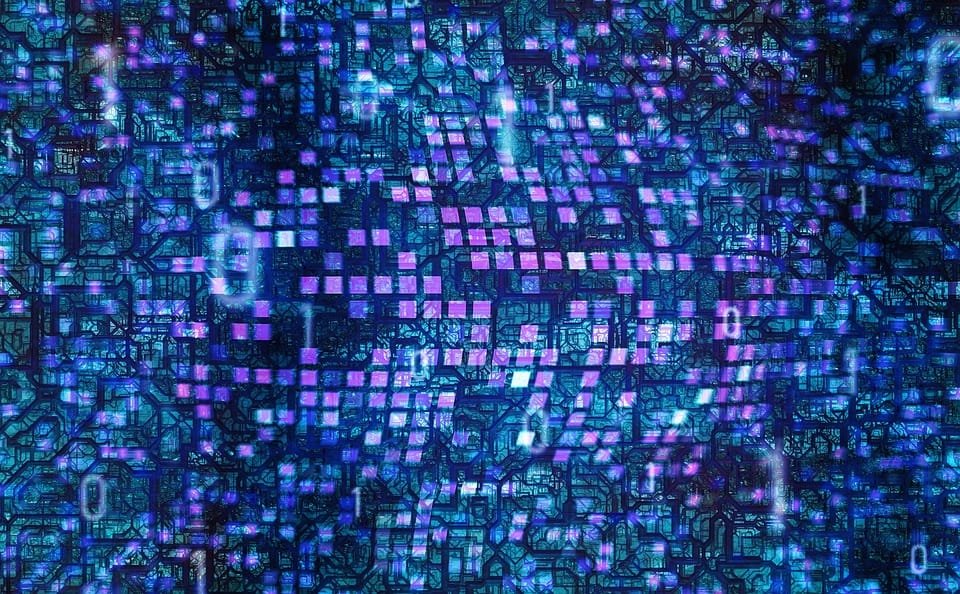Robots have long fascinated mankind, with depictions of them in popular culture ranging from helpful assistants to menacing overlords. But in recent years, robots have gone beyond just being a concept in fiction, with the development of increasingly sophisticated artificial intelligence (AI) powering a robotics revolution.
One of the most exciting aspects of this revolution is the ability of robots to learn and adapt on their own, thanks to advances in machine learning. This allows robots to handle complex tasks and make decisions in real time, based on the data they collect and analyze. For example, robotic surgeons can now perform delicate surgeries with precision that rivals that of human surgeons, and robotic companions can provide emotional support to people in need.
Another major innovation in robotics is the development of robots that can work alongside humans in industrial settings. These collaborative robots, or cobots, can safely and efficiently assist human workers in tasks such as assembly, welding, and material handling. By having robots handle the more repetitive and dangerous parts of a job, human workers can focus on more intricate and creative tasks.
Some of the latest innovations in AI have also allowed robots to interact with their environment in new ways. For example, robots equipped with computer vision technology can recognize objects and people, allowing them to navigate complex environments and interact with humans more easily. This opens up possibilities for robots to be used in a wide range of applications, from healthcare and hospitality to agriculture and logistics.
In addition to these practical applications, robots are also being developed for entertainment and educational purposes. Social robots, designed to interact with humans in a more intuitive and natural way, are being used in settings such as museums, theme parks, and schools to provide information and entertainment. These robots are equipped with advanced natural language processing capabilities, enabling them to hold conversations and engage with people in meaningful ways.
As the robotics revolution continues to unfold, it is clear that AI-powered robots have the potential to revolutionize industries and improve the quality of life for people around the world. From healthcare and manufacturing to entertainment and education, robots are poised to transform the way we live and work in the 21st century. The possibilities are endless, and the future of robotics looks brighter than ever.









